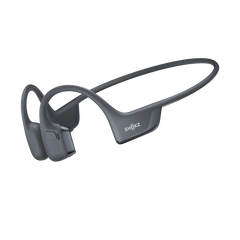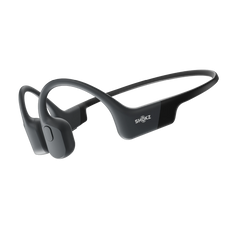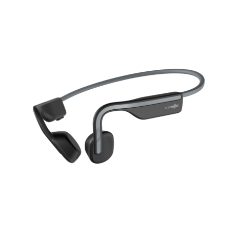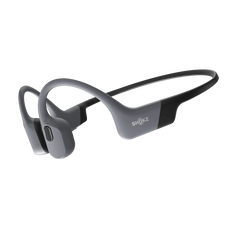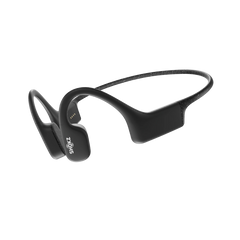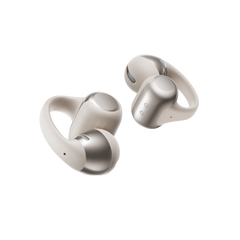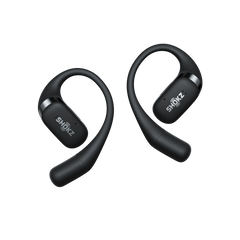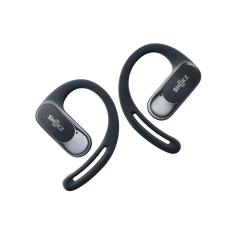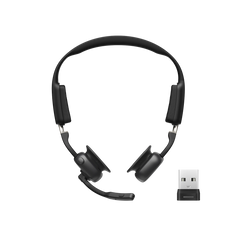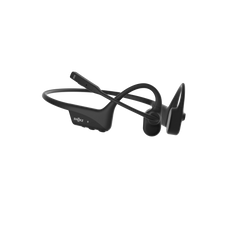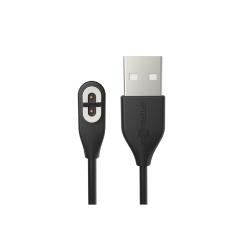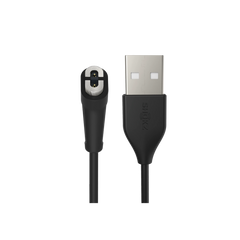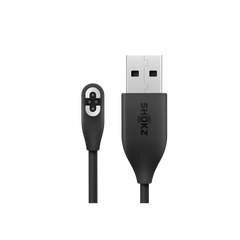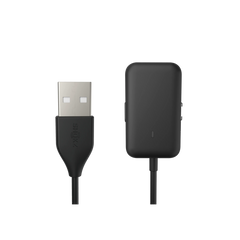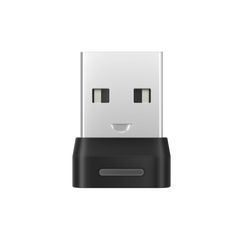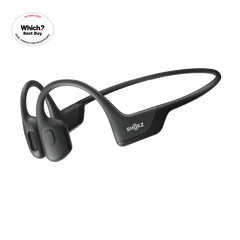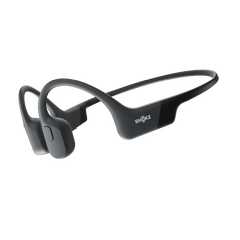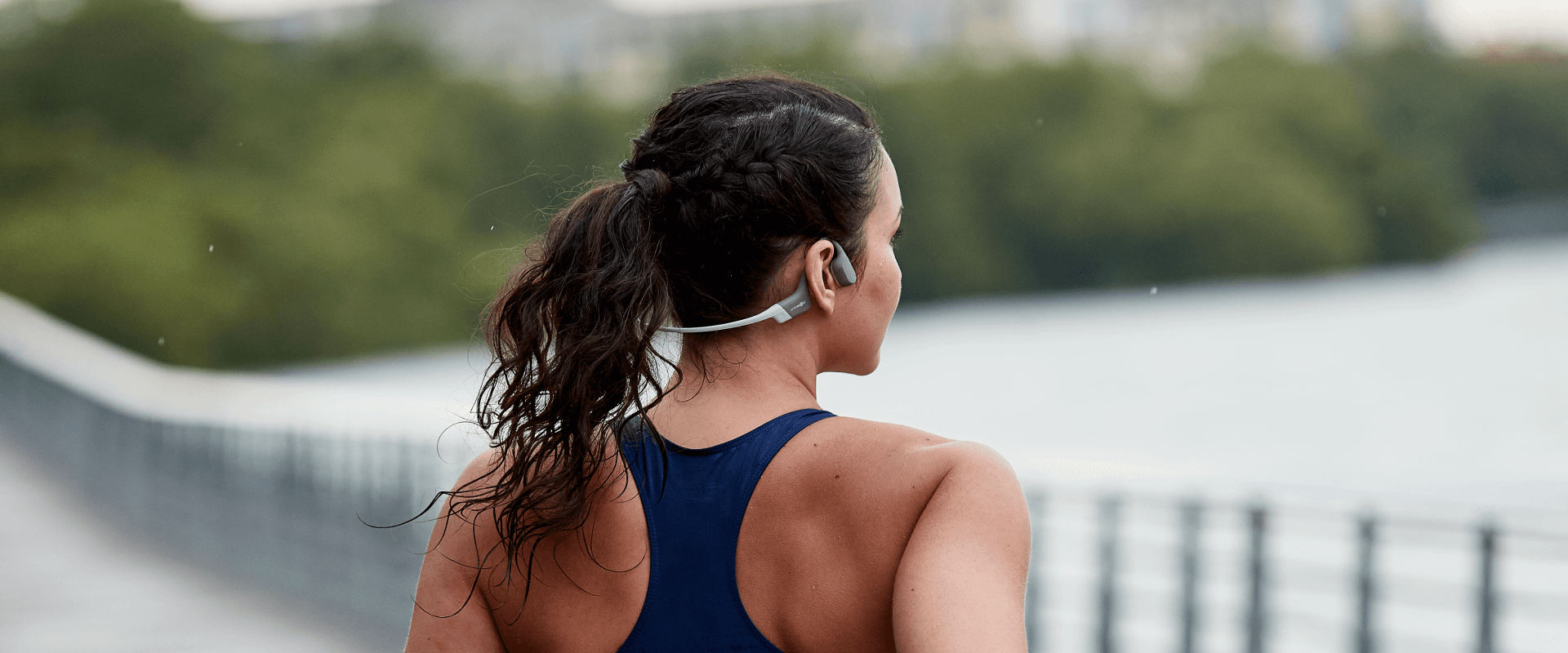Using your sports headphones to listen to the right motivation music or podcast can help you run faster, longer and more effectively. We take a look at the research and evidence to discover how wearing your AfterShokz sports headphones can make you a better runner.
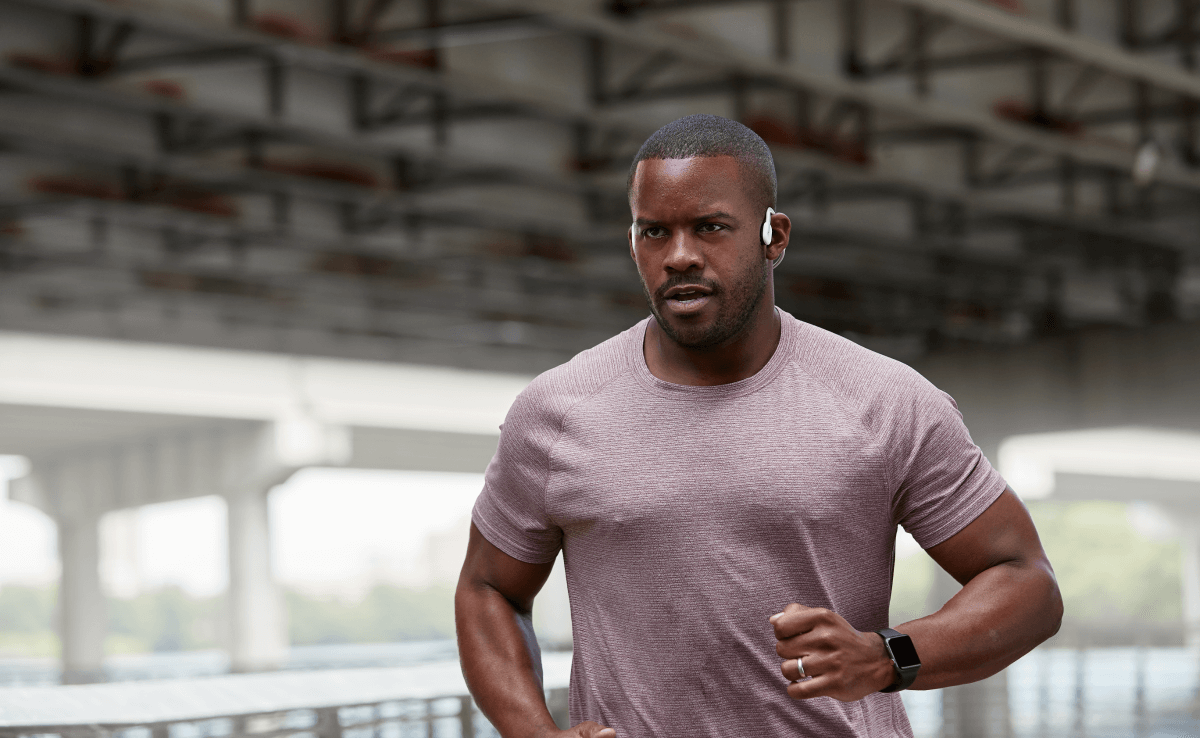
Simply listening to music, or a motivational podcast on your sports headphones can help you run faster! Great news as more and more of us are turning to outdoor exercise and running as part of our week.
“There is a lot of scientific research showing that listening to music whilst running can improve performance, although it does have to be the right sort of music,” says John Brewer, professor of sports science.
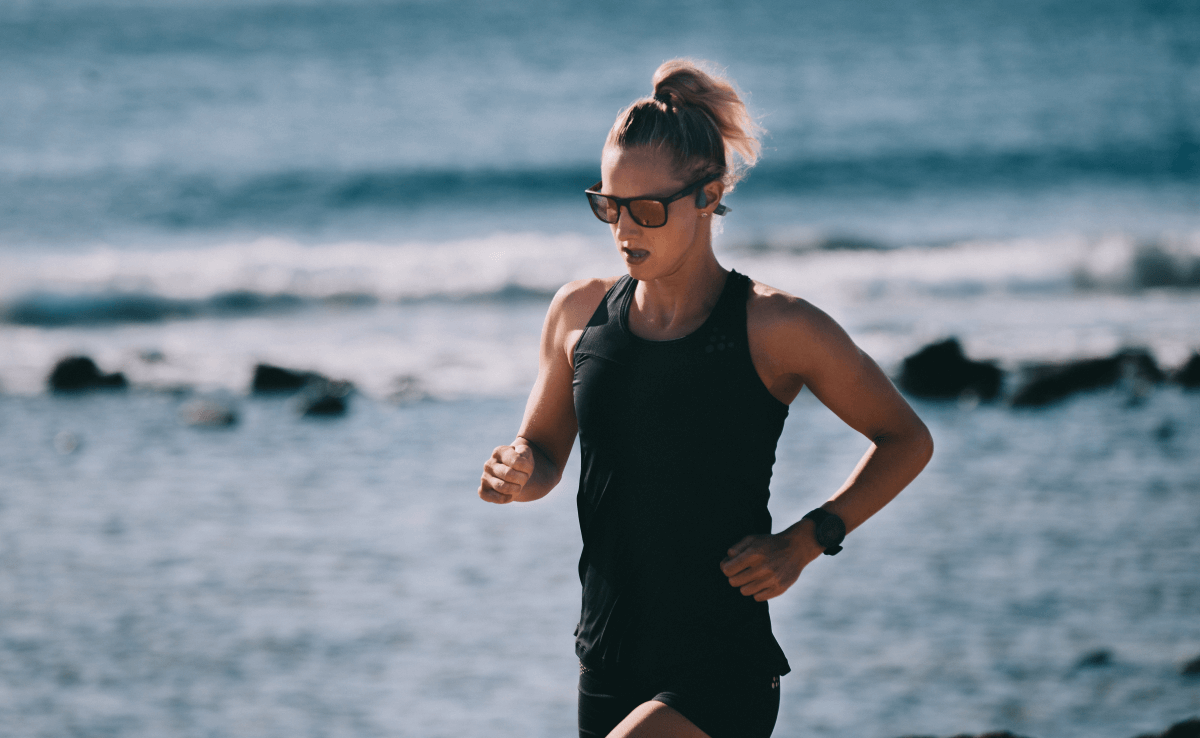
That choice, of course, is hugely personal but to help you make the right decision from your music library, recent research suggests playlists that are best for productivity have an average of 68.1 beats per minute (bpm).
What is the right music for running?
This particular research concluded that Cruel World by Lana Del Ray was the most productive song (it also had the lowest bpm at just 59), with participants completing 9 of the 10 tasks through the duration. Other suggestions included River by Joni Mitchell (61bpm), My Love by Sia (62bpm) and I Want To Be Yours by the Arctic Monkeys (68bpm). Interestingly, the study also shows that the higher the bpm, the more challenging it is to be productive and focus.
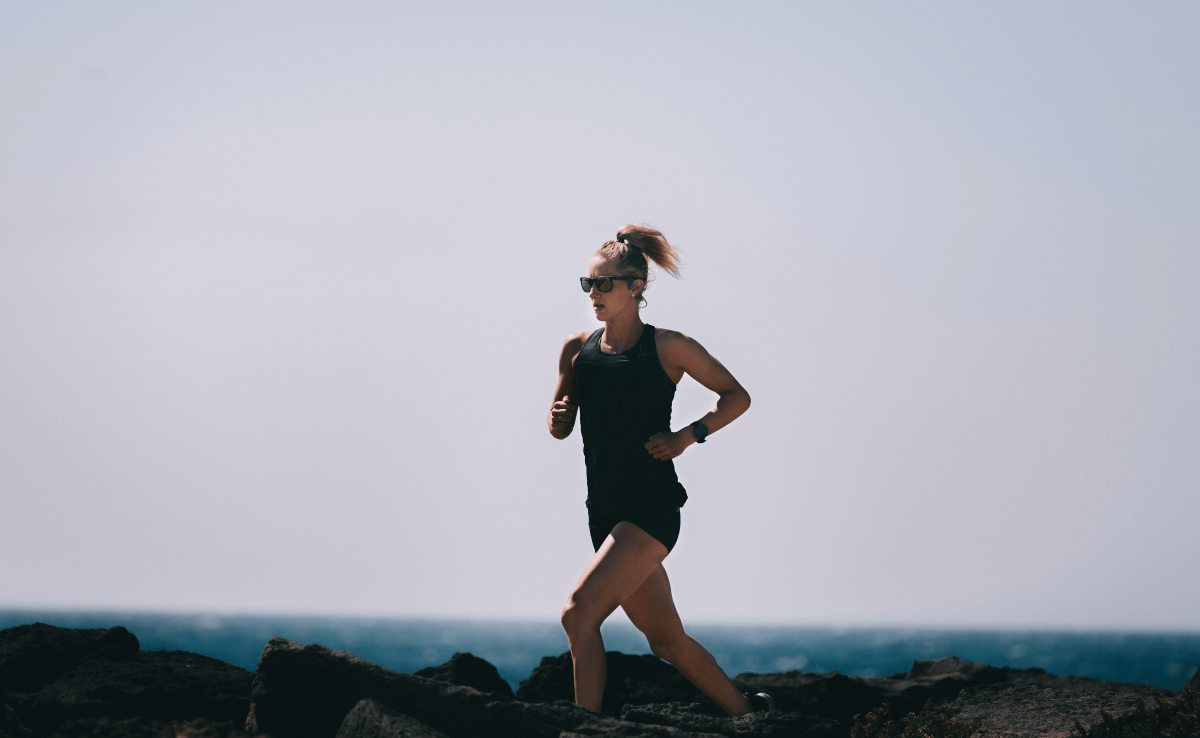
“That’s true,” agrees professor Brewer, “Listening to music can help a runner to ‘zone out’, especially when things get tough, and to focus on pleasurable sounds rather than the pain of a tough run. The tempo or beat of a run can also help a runner to set and keep to a set pace, although this can be hard on something like a trail run when changes in the terrain and gradient often result in frequent changes in stride length and frequency. Be warned though, that running in sync with a beat that is too fast will quickly result in early fatigue.”
Choose the right tunes for your running headphones
A 2012 review by Brunel University, London, into 62 studies that examined the relationship between exercise and music confirmed listening to tunes while running has ergogenic and psychological effects. It found that not only does music delay fatigue, but it also lessens your perception of tiredness, too. It improves your mood, increases arousal, facilitates relevant imagery and, when running at low- to moderate-level intensity, can improve endurance.
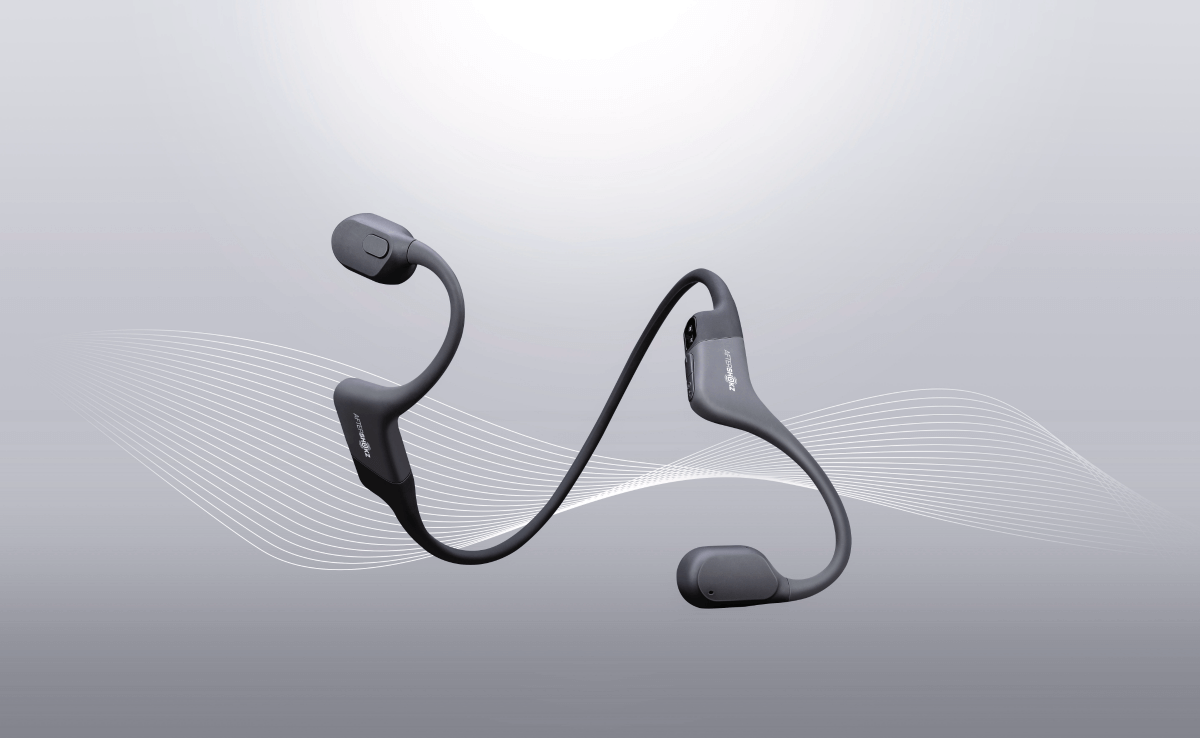
Brunel University’s Dr Costas Karageorghis developed a theory which looks at the ‘motivational quotient’ of a song, based on intrinsic factors, such as rhythm and the meaning of the lyrics for the listener, and external factors, such as the age of the runner and their personal relationship with the song. “A general rule of thumb is that songs with a 4:4 rhythm, a fast tempo and inspiring lyrics will be the most motivational for running,” he concludes.
The power of podcasts on sports headphones
Coach and fitness expert June Whitehead tells her runners to take five minutes before a workout to, as prof Brewer says, ‘get in the zone’ and listen to an inspirational podcast on your Bluetooth headphones. “It’s amazingly useful,” she says. “Those couple of minutes take you away from the pressures of the day and help you get so much more from your workout.”
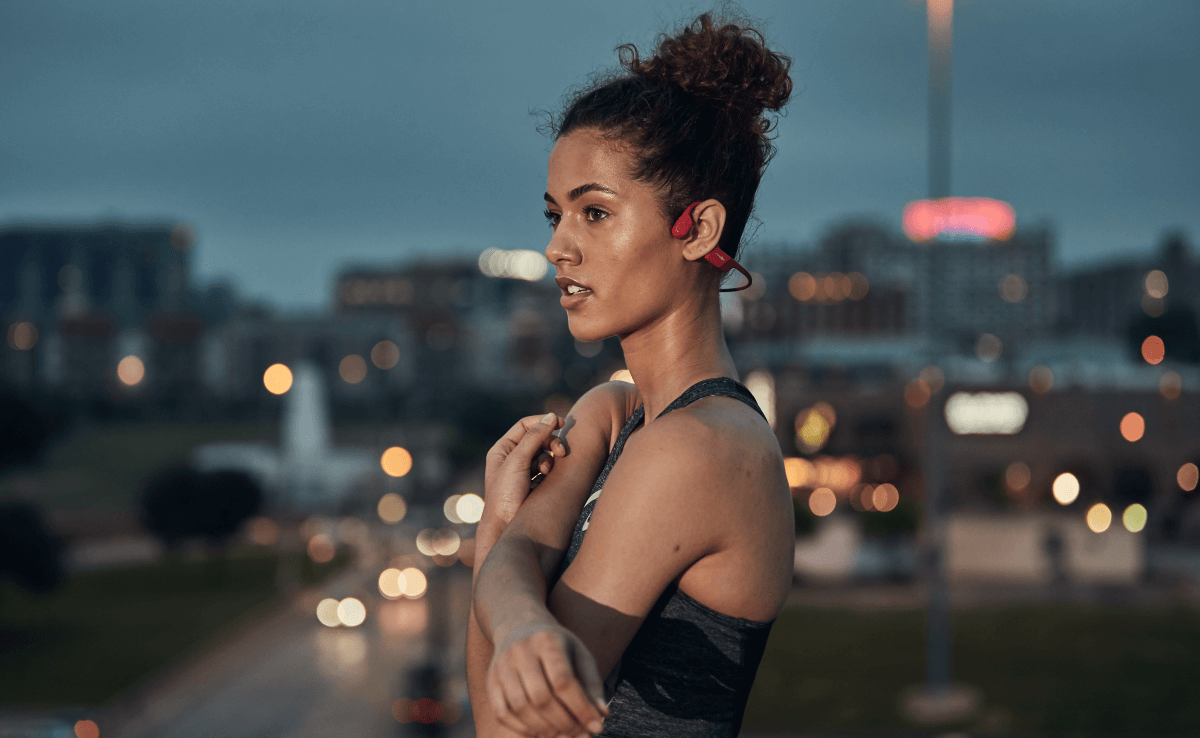
Something like Niall Breslin’s Where is my Mind podcast on Spotify where he sets out to prove that your body can withstand almost anything - it’s your mind you need to convince. Training the mind to keep the body strong, not the other way around.
England road running international Dani Chattenton agrees: “For me, a big thing is keeping my easy runs really easy. I find I run slower when I listen to a podcast vs. music so if I have a big session coming up or my legs feel like they need extra recovery, I’ll listen to a podcast and run extra-slow.”
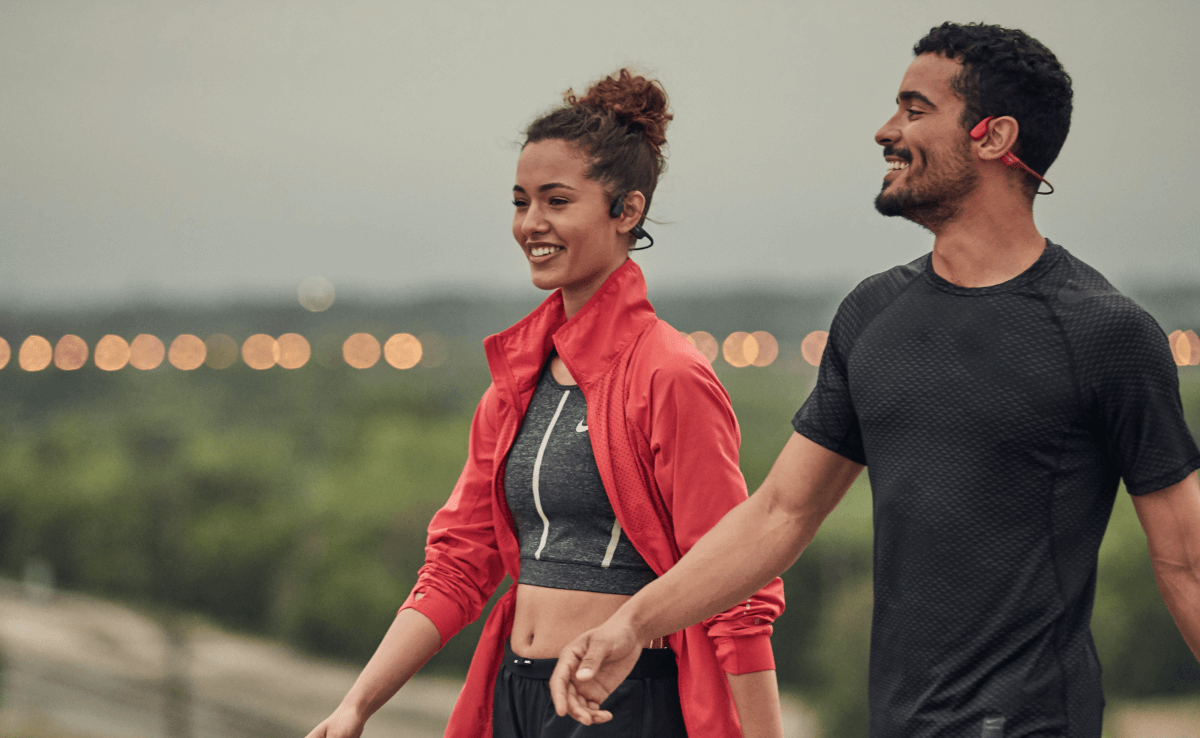
Power of music for running
International athletes have long recognised the power of music; you can see them warming up with headphones, getting themselves ready while a few have turned that passion into something a little more. England’s Jo Mersh Olympian and sub 2-minute 800m runner summed up her passion for music and running after she wrote You Can Run: “If I had a theme tune which summed up my approach to life and to athletics, reflecting my belief that nothing is beyond you, it would have to be called something like 'Your time will come'."
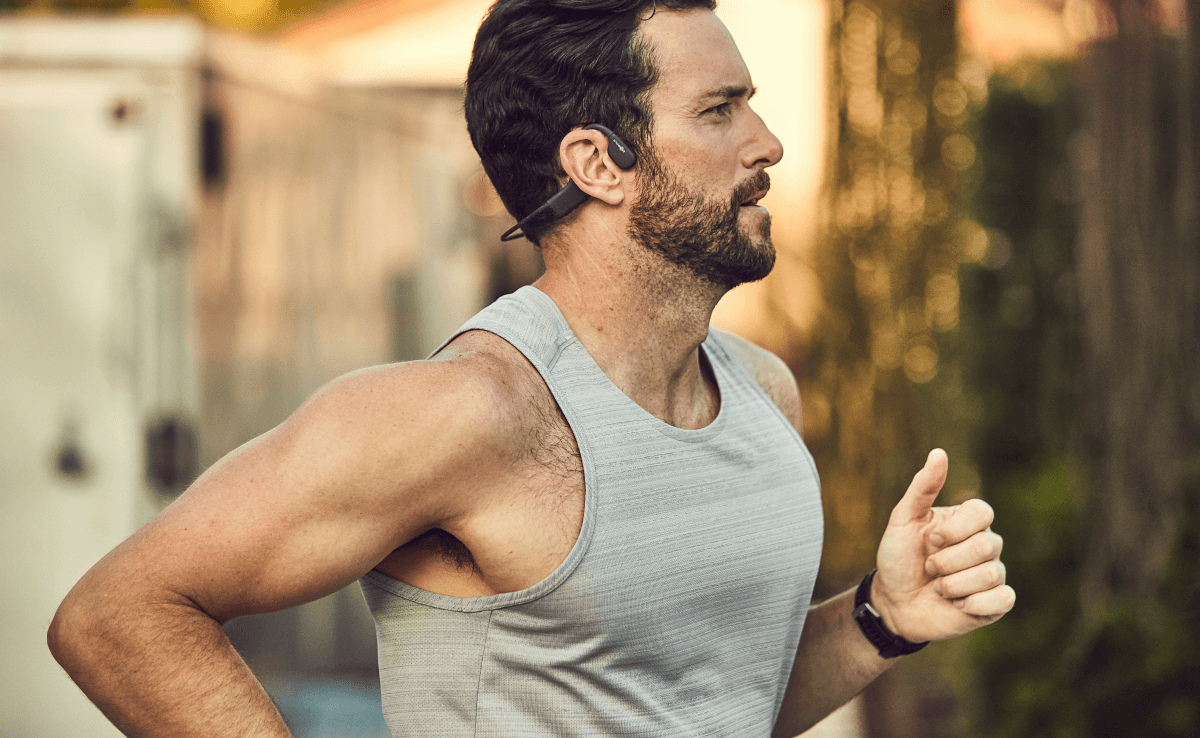
This year, Team USA’s Chloe Abbott, an international standard sprinter, embodied that same philosophy. She released her debut single Slim Thinn on Apple/iTunes to commemorate Black History Month. “I feel like the song really showcases love for Black women and their bodies,” Chloe, who is drawn to R&B, soul, gospel, says. She particularly favours music as part of her recovery programme after a hard workout. “I stretch every morning and night, and of course after every sprint day or heavy, long running day. I’ve found that my body reacts well when I do some active recovery while I listen to music,” she says.
Running with music - and musicians!
Chumbawamba musician and songwriter Boff Whalley and playwright and performer Daniel Bye have a joint project called These Hills are Ours which explores their mutual love of running. Through stories and original songs from Whalley, the pair explore the relationship between city and country, between wild and controlled, about land ownership, about why we’re drawn to wild places – and about what we’re really running from. At each performance, the audience will be invited to join Bye and Whalley (who are both accomplished runners) for a run the following morning from a route the venue town/city to a green place.
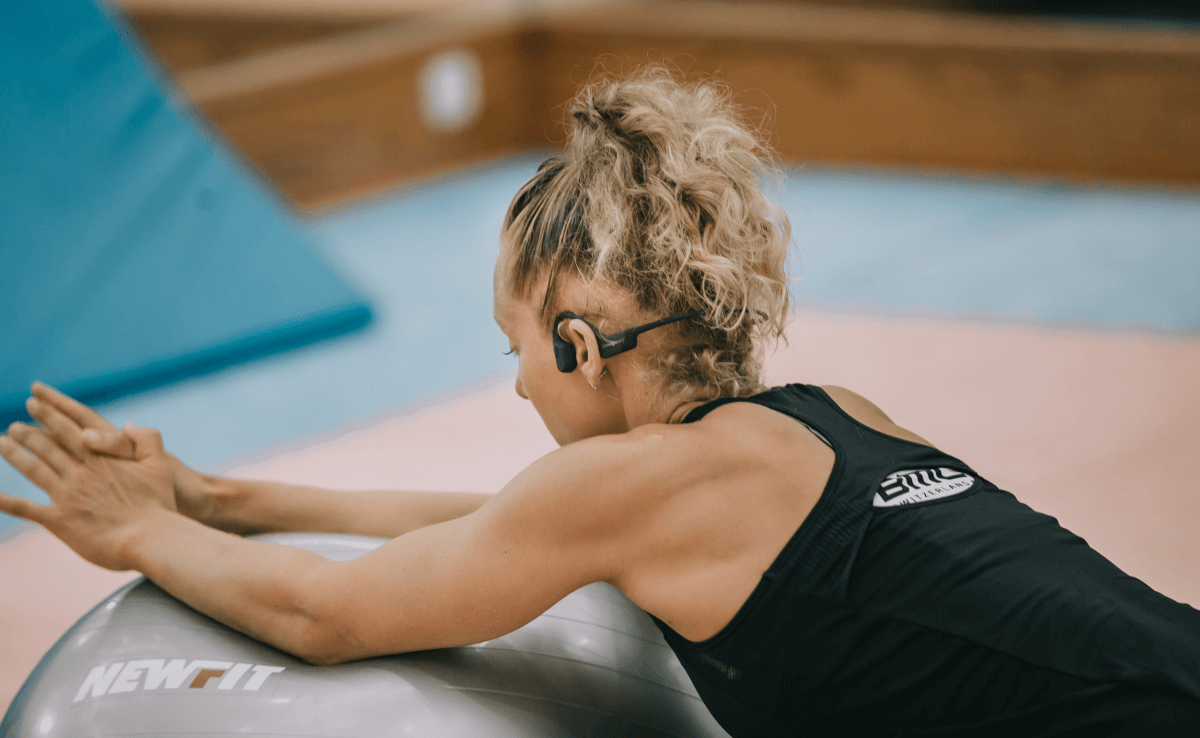
Just don’t forget your open-ear AfterShokz sports headphones to help you get the most from it all! Offering comfort, safety and a secure fit - three reasons AfterShokz is best for sport and best for improving your running performance!
